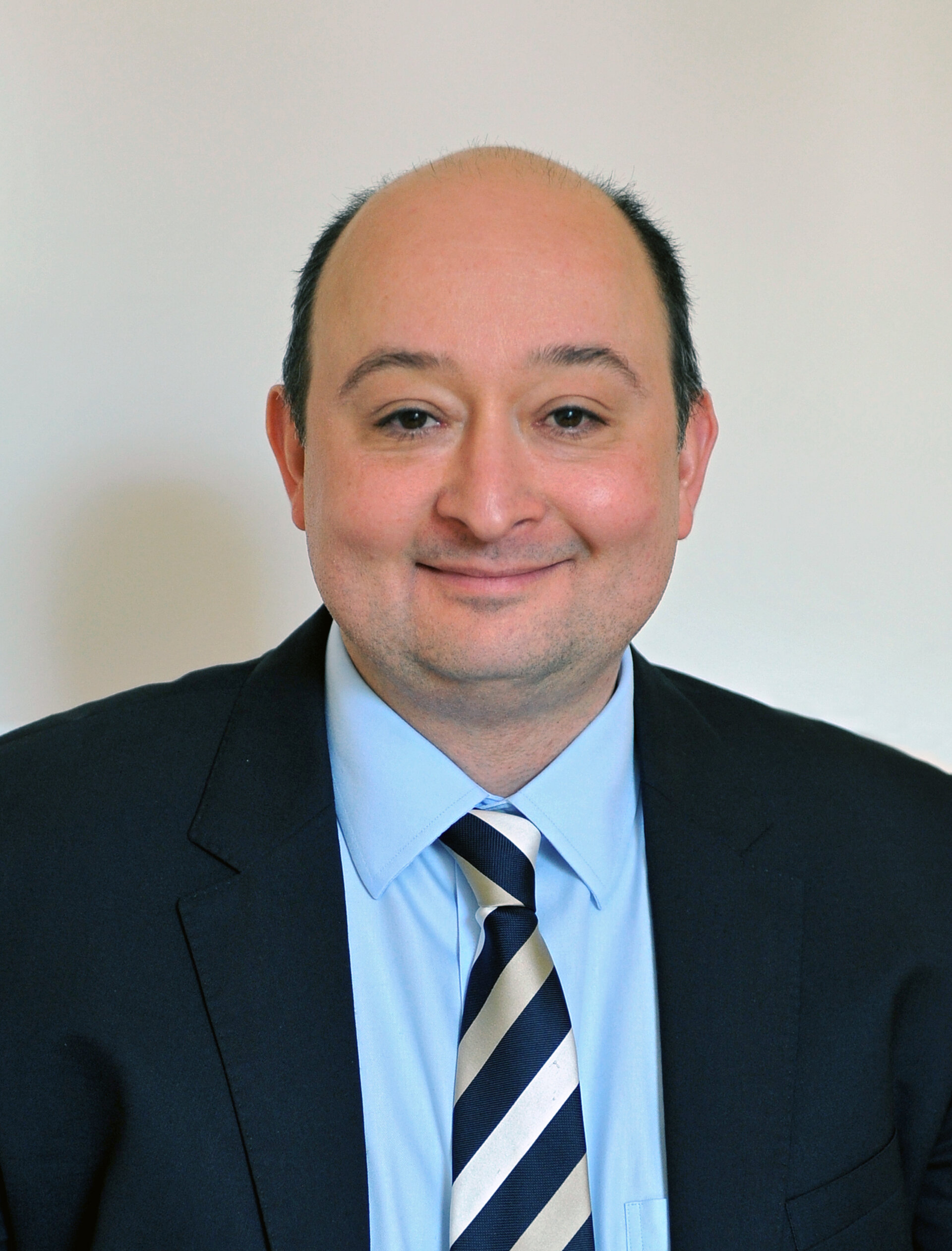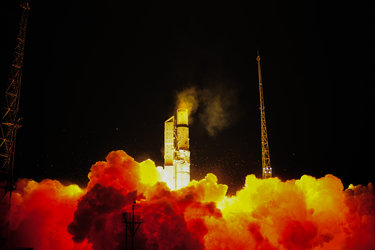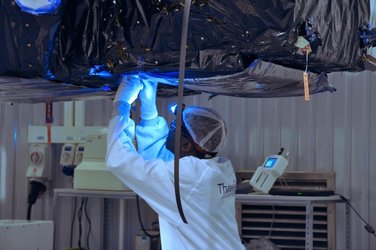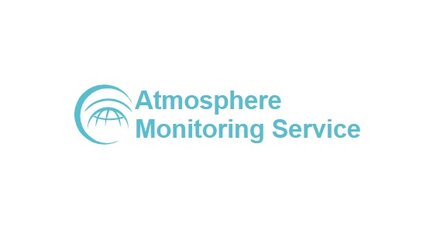Vincent-Henri Peuch: Head of Copernicus Atmosphere Monitoring Service
Vincent-Henri Peuch is responsible of the Copernicus Atmosphere Monitoring Service (CAMS) and oversees the management, technical and scientific activities that allow for the delivery of information products about atmospheric composition to the end users.

Dr. Vincent-Henri Peuch, a native of France, obtained his PhD from Ecole Normale Supérieure de Lyon in 1996. He worked as a scientist for Météo-France for 15 years before joining the European Centre for Medium-Range Weather Forecasts in 2011 to lead the precursor R&D European project of CAMS. He is an internationally respected scientist on atmospheric environment issues and has co-authored 80 peer-reviewed publications. He is member of a number of international scientific and advisory committees, including for the European Environment Agency and the World Meteorological Organisation.
ESA: What is the Copernicus Atmosphere Monitoring Service?
Vincent-Henri Peuch
Some of today’s most important environmental concerns relate to the composition of the atmosphere. The increasing concentration of the greenhouse gases and the effects of aerosol and ozone are prominent drivers of a changing climate, but the extent of their impact is still uncertain. At the Earth’s surface, aerosols, ozone and other gases determine the quality of the air around us, affecting human health, ecosystems and the built environment. Ozone distributions in the stratosphere influence the amount of ultraviolet radiation reaching the surface. Dust, sand, smoke and volcanic aerosols affect the operation of transport systems and the availability of power from solar generation, the formation of clouds and rainfall, and the remote sensing by satellite of land, ocean and atmosphere. To address such topics there is a need for data and processed information, and CAMS has been designed exactly for this, aiming at supporting policymakers, business and citizens with enhanced atmospheric environmental information.
ESA: How will you use Sentinel-3 data for monitoring Earth’s atmosphere?
Vincent-Henri Peuch
CAMS will make direct use of two products from Sentinel-3: aerosol optical depth (AOD) and fire radiative power (FRP). CAMS will also indirectly use other data from Sentinel-3, such as surface temperature or topography that enter into the Numerical Weather Predictions underpinning CAMS main service lines. AOD observations will be used to improve the quantitative description and the forecasts of aerosol plumes in the atmosphere. This supports a number of products, such as the long-range transport of dust or black carbon that affect visibility, solar power or air quality. FRP observation will be used to determine the location and intensity of active fires in order to estimate the amount of pollutants released in the atmosphere. Biomass burning emissions are an important source of atmospheric constituents globally, and their monitoring is essential in the climate change context. For example, in 2015, CAMS analysis estimated that the total carbon dioxide emissions from fires in Indonesia exceeded those generated by the whole reported industrial outputs of countries such as Japan, Germany and the UK in 2013.
ESA: What difference will Sentinel-3 data make for CAMS?
Vincent-Henri Peuch
Though CAMS already receives observations of AOD and FRP from other satellite missions, all these other sources of observations are subject to possible temporary disruption or failure as they are one-off missions. As with all the missions in the Copernicus programme, Sentinel-3 offers a resilient and operational observational capability for the decade to come and more. Continual access to Sentinel-3 observations will support a sustained quality of service for our users. As the person responsible for CAMS, the launch of Sentinel-3 comes as a relief especially because the number of observations on FRP relies currently on a very limited number of satellites. If other AOD and FRP data are available at the same time as those obtained from Sentinel-3, the methodologies that we use for CAMS allow us to take advantage of their different characteristics (overpass time, sensitivity, uncertainty/errors) to further improve the products performance. For AOD, this will in particular enhance the quality of CAMS solar radiation products, which are used for planning future power generation facilities.
ESA: What do you expect to be the most challenging aspect of using Sentinel-3 data?
Vincent-Henri Peuch
I am confident that our preparations will allow a rapid uptake of Sentinel-3 AOD and FRP products when they become available. Firstly, we will perform a ‘sanity check’ of the actual characteristics of Sentinel-3 data compared to the ones of similar data that we use currently and to the theoretical ones that we expect from the characteristics of the Sentinel-3 sensors. This will be vital for an early detection of issues. We will then start using the new data in so-called ‘passive’ mode: it will enter the full processing chain but will not affect the products. If no issue is detected, we will start running a trial experiment in ‘active’ mode, which will be run in parallel with our main operations: new data will affect the products of the trial experiment. This trial experiment will be thoroughly evaluated against independent observations and its performance will be compared to the one of the operational processing chain. When all lights are green and impact is assessed to be satisfactory, we’ll finally go ahead with including Sentinel-3 observations in CAMS operations and all our users will start benefiting from them!
Editor's note:
This is one in a series of interviews with a few of the key people that are involved in the Sentinel-3 mission. Please check back as further interviews will be added to over the coming weeks.








